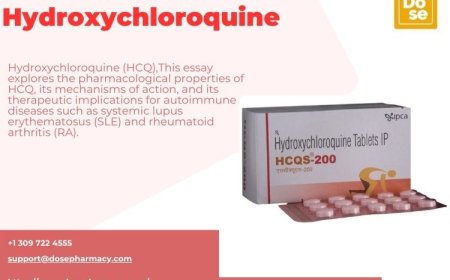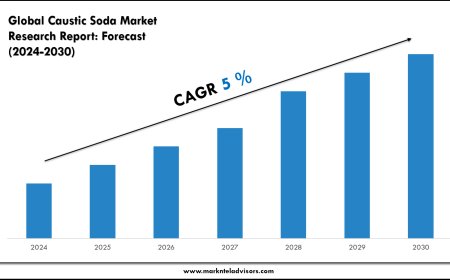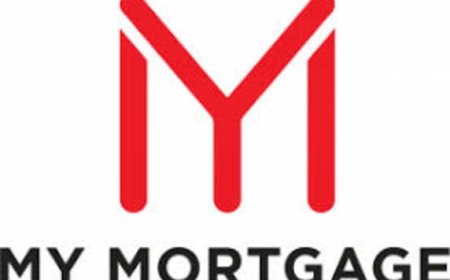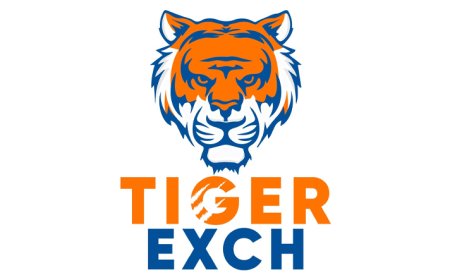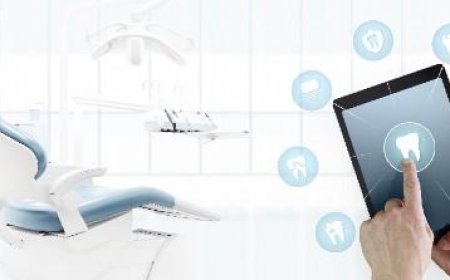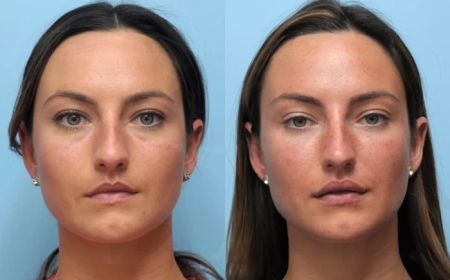CE Approval for Medical Devices: Ensuring Compliance and Market Access
CE approval for medical devices, ensuring full compliance with the latest EU regulations and facilitating smoother market entry.

For any manufacturer aiming to market medical devices in the European Union (EU), obtaining CE approval is not just a regulatory formalityits a legal requirement. CE marking indicates that a medical device complies with EU safety, health, and environmental protection standards. At Maven, we specialize in guiding companies through the complex journey of obtaining CE approval for medical devices, ensuring full compliance with the latest EU regulations and facilitating smoother market entry.
What Is CE Approval for Medical Devices?
CE approval (or CE marking) stands for "Conformit Europenne," which means "European Conformity." When a medical device bears the CE mark, it shows that the device has met all applicable requirements under the EU Medical Device Regulation (EU MDR 2017/745) or In Vitro Diagnostic Regulation (IVDR 2017/746). This certification is necessary for any medical device sold within the EU, whether manufactured domestically or imported.
Why CE Approval Matters
The CE marking on a medical device is essential for several reasons:
-
Legal Market Access: It allows the product to be legally sold in the EU and the European Economic Area (EEA).
-
Assurance of Quality: It demonstrates that the device meets high safety, performance, and quality standards.
-
Global Credibility: CE-marked devices are often more readily accepted in other international markets.
-
Risk Management: Compliance with CE standards ensures proactive management of device-related risks to patients and users.
CE Approval Process: A Step-by-Step Guide
At Maven, we support manufacturers throughout the CE marking process. Here is a general overview of the key steps involved:
1. Device Classification
The first step is determining the correct classification of the medical device based on risk, duration of use, and invasiveness. The EU MDR classifies devices into four classes: I, IIa, IIb, and IIIranging from low to high risk.
2. Conformity Assessment Route
Based on the classification, manufacturers must follow a specific conformity assessment route. Higher-risk devices (Class IIa, IIb, III) require involvement of a Notified Bodyan independent certification organization authorized by EU authorities.
3. Technical Documentation
Comprehensive technical documentation must be prepared to prove the device's compliance. This includes:
-
Clinical evaluation reports
-
Risk analysis
-
Design specifications
-
Manufacturing processes
-
Post-market surveillance plan
4. Quality Management System (QMS)
Implementation of a medical device quality management system, usually in line with ISO 13485, is critical. This ensures consistent product quality and compliance with regulatory expectations.
5. Notified Body Review (if required)
For higher-class devices, a Notified Body reviews the technical documentation and audits the manufacturers facilities to ensure conformity.
6. Declaration of Conformity
Once compliance is confirmed, the manufacturer issues a Declaration of Conformity, officially stating that the product meets all regulatory requirements.
7. Affixing the CE Mark
After successfully completing all steps, the CE mark can be affixed to the product. For devices that involved a Notified Body, the four-digit identification number of the body must also be displayed.
Post-Certification Requirements
CE approval is not the end of the compliance journey. Manufacturers must continue to:
-
Conduct Post-Market Surveillance (PMS)
-
Perform Periodic Safety Update Reports (PSURs)
-
Execute Post-Market Clinical Follow-up (PMCF)
-
Report serious incidents and Field Safety Corrective Actions (FSCAs) under vigilance systems
These ongoing obligations are critical to maintaining CE certification.
How Maven Supports Your Certification Journey
At Maven, we understand the challenges involved in CE approval for medical devices and offer comprehensive consulting and technical services including:
-
Gap analysis of your technical documentation
-
Support with QMS setup and ISO 13485 compliance
-
Clinical evaluation and performance studies
-
Liaison with Notified Bodies
-
Preparation of PMCF and PSUR documentation
-
Regulatory strategy and market access planning
Our team of EU MDR consultants and US FDA consultants bring global regulatory insights that ensure you meet compliance standards with confidence and efficiency.
Final Thoughts
CE approval for medical devices is essential for accessing the EU market and earning the trust of healthcare providers and patients. With the complexity of the EU MDR and the scrutiny from Notified Bodies, working with an expert partner like Maven can make all the difference. From classification to post-market activities, we streamline the process and help you bring safe, effective medical devices to market faster.
Ready to achieve CE certification?
Partner with Mavenyour trusted compliance advisor in the global medical device landscape.








